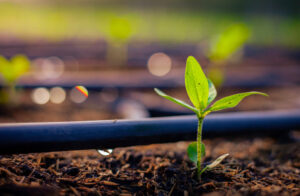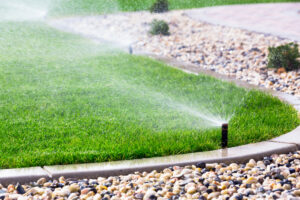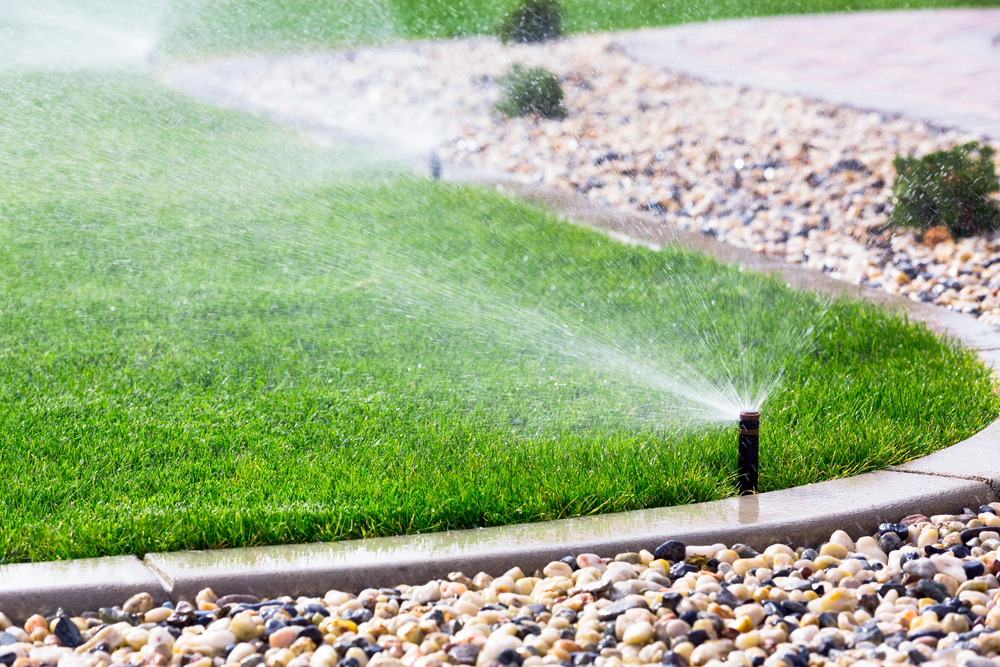Just add water, right? Every plant in your yard needs water to some extent to survive and thrive. While different plants need different amounts, it's one of the building blocks of life. But watering your landscape the correct amount can be tricky business. That is why irrigation systems are a popular addition for homeowners who care about their plants and want to take their yards to the next level. Still, despite their popularity, there are many misconceptions about sprinklers and other ways to irrigate. Today, Progreen will debunk some of these myths so you can start your journey on how best to care for your Austin yard.
It’s All Sprinklers
While sprinklers are the most common way people irrigate today, it's not the only way to do it. Another excellent way to support your landscape is through drip irrigation. A drip system works through a system of tubes that deliver water close to the plants' roots. These tubes sit just above or below the ground. Because the water goes directly to the roots, little is lost through evaporation or runoff, making this technique very effective at saving money and water. In fact, you can deliver tiny amounts of water (drips) to the plants in perfectly timed intervals.It’s All the Same
While both sprinklers and drip systems are effective ways to water your landscape, each has places where it's better suited. For example, sprinklers work best in a level yard with uniform or similar plants, such as lawns. That's because they can be vulnerable to runoff as they spray through the air. Also, because sprinklers spray an area uniformly, it's best if the plants have roughly the same watering needs. With that said, a professional can aim and program a system to account for this. Drip Irrigation
Drip systems do well in nearly any landscape but take a bit more work to install. If you are trying to work within a budget, the best time to install a drip system is while installing other landscaping. While you are already digging in the ground, it's relatively easy also to add drip irrigation.
Drip Irrigation
Drip systems do well in nearly any landscape but take a bit more work to install. If you are trying to work within a budget, the best time to install a drip system is while installing other landscaping. While you are already digging in the ground, it's relatively easy also to add drip irrigation.
It’s Bad for the Environment
It's easy to understand why irrigating has gotten a bad rap for being wasteful. Watching sprinklers spray water into the air over a large green expanse just looks like throwing resources away! But while growing a lawn is often not the best environmental choice, especially in dry, hot areas, taking humans out of the watering equation actually means that you'll be saving water. People tend to overwater. It's hard to know exactly how much a plant needs. And when you add in slope and changing climate conditions, it's easy to overdo. Adding a watering system can eliminate human error, making watering more efficient.It’s Expensive
While an irrigation system takes some upfront investment, when you take the long view, it saves you money. That's because, as mentioned in the previous section, it uses less water than traditional watering. So your water bill will decrease, saving you money in the long run.

